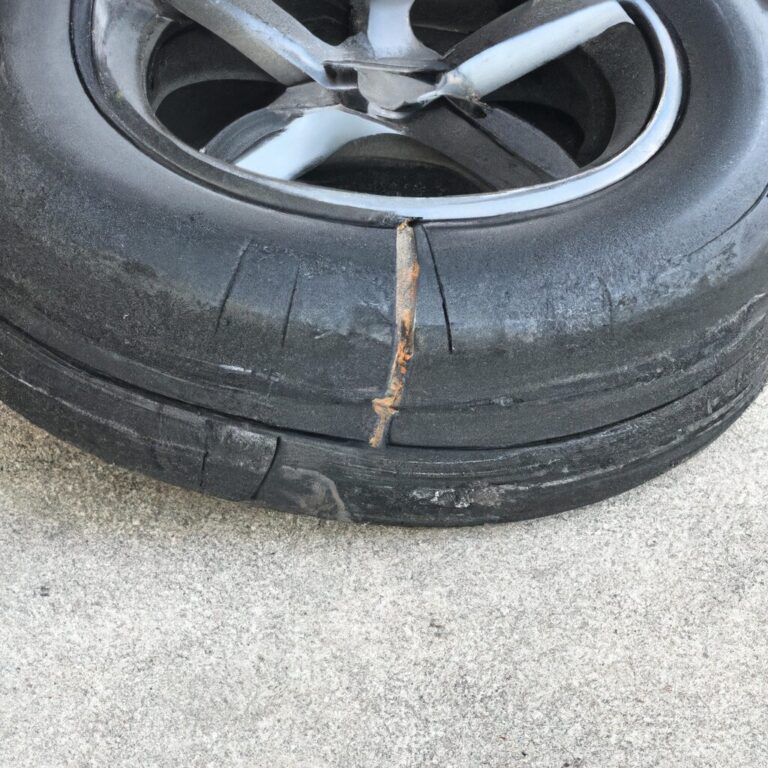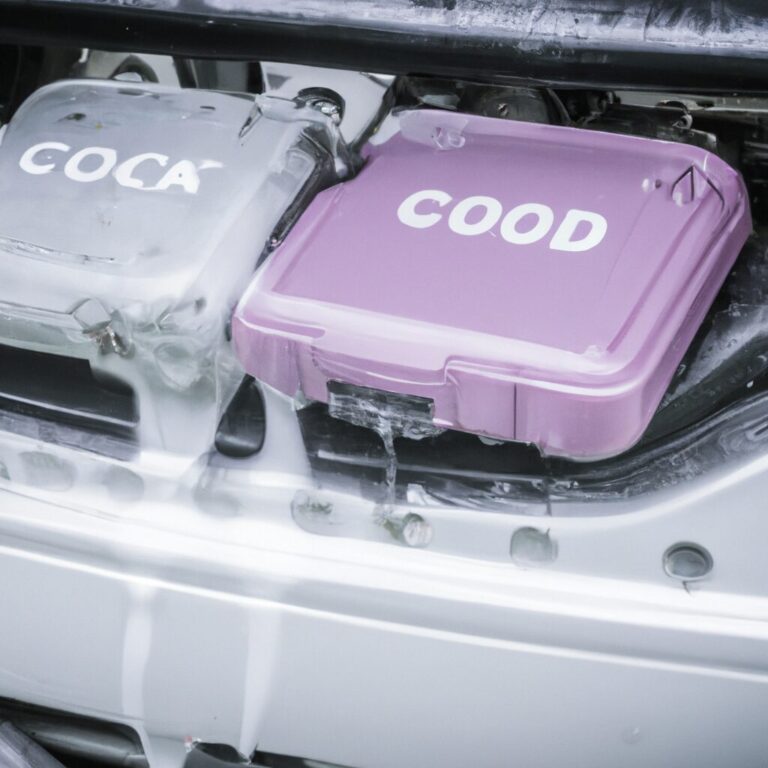No Brake Fluid to Rear Brakes When Bleeding
If there is no brake fluid to the rear brakes when bleeding, it may indicate a leak or air in the system. This issue should be addressed promptly to ensure safe and effective braking performance.
When it comes to maintaining your vehicle’s safety, having properly functioning brakes is crucial. Brake fluid plays a vital role in ensuring your brakes work smoothly and effectively. If you notice that there is no brake fluid reaching the rear brakes when bleeding the system, it could be a sign of a leak or air in the brake lines.
We will discuss the possible causes of this issue and how to troubleshoot and resolve it effectively. By understanding the importance of brake fluid and addressing any issues promptly, you can ensure the safety of your vehicle and everyone on the road.

Credit: m.youtube.com
Common Brake Bleeding Issues
In order to maintain the optimal performance of your vehicle’s braking system, regular brake bleeding is essential. Brake bleeding involves removing air bubbles and any contaminated brake fluid from the brake lines. While brake bleeding is a relatively simple task, there are certain issues that can arise during the process. One such issue is the absence of brake fluid to the rear brakes when bleeding. Understanding the possible causes and symptoms of this problem can help you address it efficiently.
Possible Causes
There are several potential causes for the absence of brake fluid to the rear brakes when bleeding:
- Obstructed Brake Lines: A clog or obstruction in the brake lines can prevent the flow of brake fluid to the rear brakes.
- Defective Master Cylinder: A malfunctioning master cylinder can result in inadequate pressure being delivered to the rear brakes, causing a lack of brake fluid.
- Leaking Brake Lines: If there is a leak in the brake lines leading to the rear brakes, it can lead to a loss of brake fluid.
Symptoms
If there is no brake fluid reaching the rear brakes when bleeding, you may encounter the following symptoms:
- Soft or Spongy Brake Pedal: A lack of brake fluid to the rear brakes can cause the brake pedal to feel soft or spongy when pressed.
- Uneven Braking: Without sufficient brake fluid, the rear brakes may not engage properly, resulting in uneven braking performance.
- Brake Warning Light: The absence of brake fluid to the rear brakes can trigger the brake warning light on your vehicle’s dashboard.
- Loss of Braking Power: Insufficient brake fluid reaching the rear brakes can lead to a loss of braking power, making the vehicle less responsive when you apply the brakes.
No Brake Fluid To Rear Brakes
Discovering that there is no brake fluid reaching the rear brakes is a critical issue that can compromise the safety of your vehicle. It is essential to address this problem promptly to ensure proper brake function and prevent potential accidents.
Causes
1. Damaged brake lines or hoses
2. Air bubbles in the brake lines
3. Malfunctioning master cylinder
4. Leaking brake calipers or wheel cylinders
Effects On Brake Performance
1. Reduced braking power
2. Longer stopping distances
3. Increased risk of brake failure
4. Uneven braking between front and rear wheels
Diagnosing The Issue
When experiencing no brake fluid to the rear brakes during bleeding, it is essential to identify the root cause promptly.
Testing Brake Fluid Flow
Begin by verifying the brake fluid flow by:
- Removing the bleeder screw
- Activating the brake pedal
- Checking for the presence of fluid
Inspecting Brake Lines
Next, carefully examine the brake lines for:
- Deterioration or damage
- Leaks or blockages
- Proper connections
Following these steps will help pinpoint the issue and enable timely resolution.

Credit: www.aa1car.com
Fixing The Problem
Fixing the Problem:
When it comes to bleeding the brake system and repairing damaged brake lines that have caused a lack of brake fluid to the rear brakes, there are a few steps you can take to quickly and effectively resolve the issue. Let’s explore these steps:
Bleeding The Brake System
To begin fixing the problem, one of the first steps involves bleeding the brake system to ensure proper fluid flow to the rear brakes. This process involves removing air bubbles or contaminants that may be obstructing the brake fluid’s path. Follow these steps to properly bleed the brake system:
- Verify that the brake fluid reservoir is filled to the recommended level.
- Locate the brake bleeder valve on the affected brake caliper or wheel cylinder. It is usually located on the backside of the caliper or cylinder.
- Attach a clear plastic tube to the bleeder valve and place the other end into a suitable container to collect the brake fluid.
- Have an assistant press the brake pedal slowly and steadily while you open the bleeder valve using a wrench or socket. Tighten the valve once the pedal is fully depressed.
- Repeat this process several times, ensuring that you close the bleeder valve before the brake pedal is released each time.
- Check the brake fluid reservoir periodically during the process, ensuring it remains at the recommended level.
Repairing Damaged Brake Lines
If bleeding the brake system doesn’t resolve the problem, it may indicate damage to the brake lines. In such cases, repairing the damaged brake lines becomes necessary. Here’s what you can do:
- Inspect the brake lines thoroughly for any signs of leaks, cracks, or corrosion. Pay special attention to the rear brake lines.
- If you notice any damage, identify the specific section of the brake line that needs repair.
- Depending on the extent of the damage, you can either opt for patching the damaged area or replacing the entire length of the brake line.
- Ensure that the repaired or replaced brake line is properly connected and secured to prevent any future leaks.
- Once the repair or replacement is completed, bleed the brake system again to remove any remaining air bubbles or contaminants.
By following these steps to bleed the brake system and repair damaged brake lines, you can effectively fix the problem of no brake fluid reaching the rear brakes. It is essential to ensure the correct process is followed to maintain optimal brake function and enhance vehicle safety.
Preventing Future Issues
Preventing future issues related to brake fluid and rear brake bleeding is crucial for maintaining the safety and performance of your vehicle. It’s essential to implement measures that will help you avoid encountering similar problems in the future.
Regular Maintenance
To prevent future issues with brake fluid and rear brake bleeding, regular maintenance is key. Schedule periodic inspections and maintenance checks to ensure that the brake system, including the brake fluid and rear brakes, is in optimal condition.
Quality Brake Fluid
Using high-quality brake fluid is essential for preventing future issues with rear brake bleeding. Ensure that you choose a brake fluid that meets the required specifications for your vehicle. Low-quality brake fluid can lead to potential issues with the brake system, including inadequate rear brake fluid supply during bleeding.

Credit: community.cartalk.com
Frequently Asked Questions On No Brake Fluid To Rear Brakes When Bleeding
Should The Brake Fluid Reservoir Be Open When Bleeding Brakes?
Yes, the brake fluid reservoir should be open when bleeding brakes to prevent air from entering the system.
Why Are My Rear Brakes Still Soft After Bleeding?
There might be air or moisture trapped in your rear brake lines, causing the softness even after bleeding. Make sure to thoroughly purge all air and moisture from the system to ensure optimal brake performance.
Why Won’t My Brakes Build Pressure After Bleeding?
Air may still be trapped in the brake lines causing the lack of pressure. Check for leaks or re-bleed the brakes to remove any trapped air bubbles.
Why Does No Fluid Come Out When Bleeding Brakes?
Air in the brake line can prevent fluid flow during bleeding. Check for air bubbles and properly bleed the brakes to resolve the issue.
Why Is There No Brake Fluid To Rear Brakes When Bleeding?
During the bleeding process, air might have entered the system, leading to a loss of brake fluid to the rear brakes.
What Causes The Lack Of Brake Fluid To Rear Brakes During Bleeding?
The most common reason is air entering the brake system, creating a blockage and preventing the brake fluid from reaching the rear brakes.
How Can I Troubleshoot The Issue Of No Brake Fluid To Rear Brakes?
Inspect the brake lines, calipers, and cylinders for leaks and ensure proper bleeding techniques to remove any air in the system.
Conclusion
To sum up, the absence of brake fluid in the rear brakes during the bleeding process can have serious implications for your vehicle’s braking system. It is crucial to identify and fix this issue promptly to ensure optimal safety on the road.
By having a professional mechanic check and potentially replace the master cylinder, brake lines, or calipers, you can restore the proper functioning of your rear brakes and maintain the overall performance of your vehicle. Remember, prioritizing regular maintenance and addressing brake fluid-related issues promptly is key to keeping your vehicle in top-notch condition.


